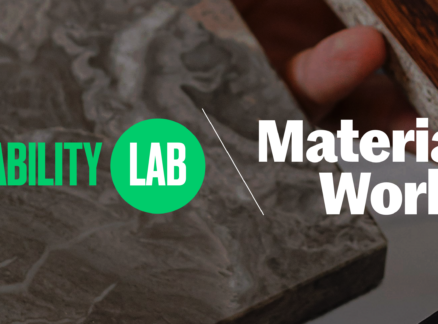June 4, 2008
The Masses and Mass Transit
Rising fuel costs lead to rising mass-transit ridership. Are we ready?
The rapid bus system in Curitiba is a model for cities in the U.S. Photo courtesy of Jaime Lerner.
If France had a national pastime, it might well be la grève. The French love a good strike. Especially a transit strike. I should know—I managed to be in Paris during both major shut-downs of their mass-transit system, first in the 1990s, and then again last November. These days, it’s the roadways that are seeing the action (or, rather, inaction). Truck drivers in France galvanized in protest against rising oil and gas prices by slowing traffic on highways and blocking access to oil refineries. They were joined by other demonstrators across Europe, including truck drivers in the UK and fisherman in Portugal.
Here in the United States, those skyrocketing fuel prices are spurring another rising number: mass-transit ridership. The American Public Transportation Association reports that the first quarter of 2008 saw the largest spike in mass transit use since the 1970s oil crises—a three percent increase in riders of buses and trains and a ten percent jump in light-rail use.
Though it might seem like a good thing that car-obsessed Americans are seeking alternative transit, Public Radio International reporter Sam Eaton notes a serious issue: our infrastructure is ill prepared. In a story on Marketplace on Monday, Eaton spoke to Steven Polzin, a transportation engineer with the University of South Florida, about this surge. Polzin said that, in a country where a mere five percent of the population commutes using bus and rail, few cities are equipped to handle even a minor increase. “Just a small shift of drivers to public transportation means a huge increase from public transportation’s perspective,” he told Eaton.
What’s a city to do? Some places, like Los Angeles, are looking into solutions that are faster than expanding subway lines, such as creating a surface bus system similar to the one implemented by architect Jaime Lerner in Curitiba, Brazil. But Polzin warns that there are few ready-to-go solutions. Many cities and states are just at the nascent stages of figuring out effective transit systems that can accommodate increased ridership (look at the Transbay Transit Center project in San Francisco, for example. The city has ambitious plans to ease traffic by integrating all mass-transit under one structure and expanding services, creating a kind of Grand Central of the west. That project, though, is years from completion).
It will be interesting to see if this global fuel shortage produces real and lasting solutions for transit in this country. If not, we may have to heed the advice of public-health advocate Richard Jackson and just start walking.





